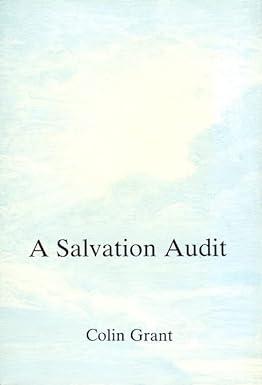Question
Q Each of the following independent events requires a year-end adjusting entry. a. Paid $9,100 cash in advance on July 1 for a one-year lease
Q Each of the following independent events requires a year-end adjusting entry. a. Paid $9,100 cash in advance on July 1 for a one-year lease on office space. b. Purchased $2,800 of supplies on account on April 15. At year-end, $190 of supplies remained on hand. c. Received a $10,600 cash advance on July 1 for a contract to provide services for one year beginning immediately. d. Paid $3,500 cash in advance on February 1 for a one-year insurance policy. Required Record each event and the related adjusting entry in general journal format. The first event is recorded as an example. Assume a December 31 closing date. (Do not round intermediate calculations. If no entry is required for a transaction/event, select "No journal entry required" in the first account field.) Event Date Account Titles Debit Credit a July 1 Prepaid rent 9,100 Cash 9,100 a Dec. 31 Rent Expense (9,100 6/12) 4,550 Prepaid rent 4,550
Q a. Performed $26,800 of services on account. b. Collected $17,900 cash on accounts receivable. c. Paid $4,900 cash in advance for an insurance policy. d. Paid $590 on accounts payable. e. Recorded the adjusting entry to recognize $3,600 of insurance expense. f. Recorded the adjusting entry to recognize $315 accrued interest revenue. g. Received $5,300 cash for services to be performed at a later date. h. Purchased land for $1,770 cash. i. Purchased supplies for $1,200 cash. Required Record each of the above transactions in general journal form and then show the effect of the transaction in a horizontal statements model. The first transaction is shown as an example. (If no entry is required for a transaction/event, select "No journal entry required" in the first account field.) Transaction Account Titles Debit Credit a Accounts receivable 26,800 Service revenue 26,800
Part B
Show the effect of the transaction in a horizontal statements model. The first transaction is shown as an example. (In the Cash Flow column, use OA to designate operating activity, IA for investment activity, FA for financing activity, NC for net change in cash and NA to indicate the element is not affected by the event. Enter any decreases to account balances with a minus sign.)
Q The following financial information was taken from the books of Zone Health Club, a small spa and fitness club: Account Balances as of December 31, 2016 Accounts Receivable $28,200 Accounts Payable 7,910 Salaries Payable 11,700 Cash 42,500 Dividends 4,900 Operating Expense 2,880 Prepaid Rent 3,400 Rent Expense 7,000 Retained Earnings 1/1/2016 20,300 Salaries Expense 32,600 Service Revenue 80,500 Supplies 320 Supplies Expense 2,100 Common Stock 21,900 Unearned Revenue 6,510 Land 14,900 b. What is the balance in the Retained Earnings account after the closing entries are posted?
Please i need answers as questions preference given
Step by Step Solution
There are 3 Steps involved in it
Step: 1

Get Instant Access to Expert-Tailored Solutions
See step-by-step solutions with expert insights and AI powered tools for academic success
Step: 2

Step: 3

Ace Your Homework with AI
Get the answers you need in no time with our AI-driven, step-by-step assistance
Get Started


